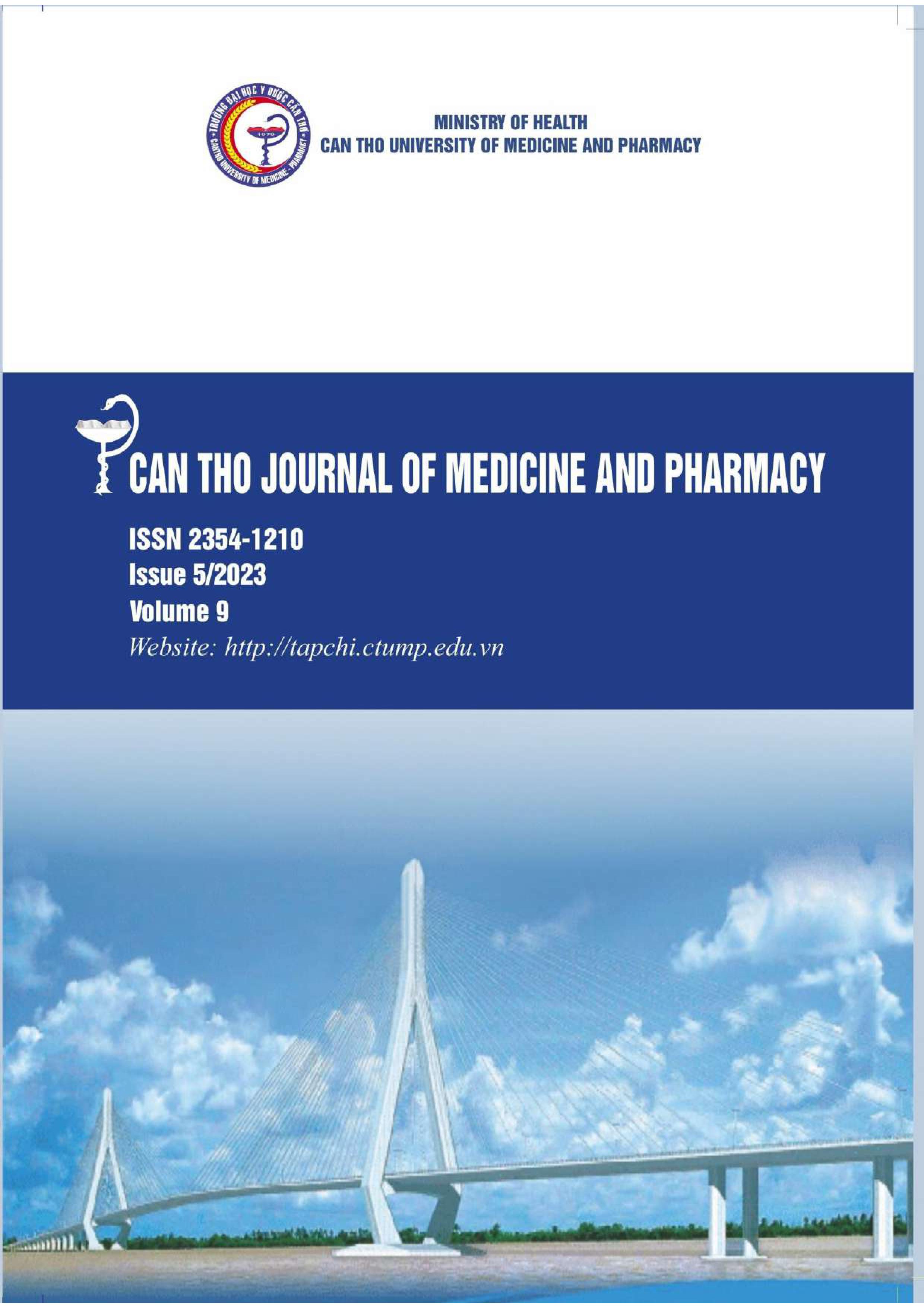VARIANTS OF THE CIRCLE OF WILLIS ON NON-CONTRAST MAGNETIC RESONANCE ANGIOGRAPHY
Main Article Content
Abstract
Background: The Circle of Willis (CoW) distributes oxygenated blood throughout the brain and represents the only major anastomosis of the brain. The study of variations in CoW is crucial for avoiding confusion of the anomalies with aneurysms, evaluating collateral pathways in the intracerebral circulation, and enhancing pre-operative planning in patients undergoing surgery at the skull base. Objectives: Evaluate and describe the prevalence of variations of the CoW by using three-dimensional time-of-flight MR angiography (3D-TOF-MRA). Materials and methods: We conducted a cross-sectional description in 102 patients after meeting the requirements of inclusion criteria. All participants were scanned in a GE Optima 360 1.5T MRI scanner. The variants of the CoW were studied. The correlation between variations in relation to gender and age were evaluated. Results: Among 102 samples, the mean age was 46, and female dominance was seen among participants (60.80%). The proportion of CoW with normal shape (7 edges) as in classical anatomy is 10.78%. The highest prevalence of variations was seen in PCOM-R with 62.75% (64/102) and PCOM-L with 58.82% (60/102). We recorded 32 types of CoW variation, including 7 single variants accounting for 26.37% (24/91) and 25 combined variants with 73.63% (67/91), some of which had not been reported in previous studies. Conclusion: The complete configuration of the CoW was seen in 10.78% of population. 32 types of CoW variation, including 7 single variants (26.37%) and 25 combined variants (73.63%) were recorded.
Article Details
Keywords
Circle of Willis, Magnetic resonance 3D-time of flight angiography, anatomical variations
References
2. Coulier, B. (2018), Duplication of the Posterior Cerebral Artery (PCA) or “True Fetal PCA”: An Extremely Rare Variant, Journal of the Belgian Society of Radiology, 102(1), pp. 1-2.
3. Enyedi M, Scheau C, Baz RO, and et al. (2021), Circle of Willis: anatomical variations of configuration. A magnetic resonance angiography study, Folia morphologica.
4. Hindenes LB, Håberg AK, Johnsen LH, Mathiesen EB, Robben D, et al. (2020), Variations in the Circle of Willis in a large population sample using 3D TOF angiography: The Tromsø Study, Plos One, 15(11).
5. Hue, Mai Thi (2018), The characteristics of the circle of Willis on multidetector CT angiography in humans without cerebral vascular malformations, Graduate dissertation, pp. 27-37.
6. Keeranghat, P. P., & Jagadeesan, D. (2018), Evaluation of normal variants of circle of Willis at MRI, International Journal Of Research In Medical Sciences, 6(5), pp. 1617-1622.
7. Kızılgöz, V., Kantarcı, M. & Kahraman, Ş. (2022), Evaluation of Circle of Willis variants using magnetic resonance angiography, Scientific Reports, 12.
8. Li, Q., et al. (2011), A multidetector CT angiography study of Variations in the circle of Willis in a Chinese population, Journal of Clinical Neuroscience, 18(3), pp. 379-383.
9. Shatri Jeton, Cerkezi Selim, Bexheti Sadi (2018), MRA study of anatomical variations of circulus arteriosus cerebri in healthy adults of Kosova, The Egyptian Journal of Radiology and Nuclear Medicine, 49(4), pp. 1110-1118.
10. Son, Nguyen Tuan (2020), Anatomy of the cerebral arteries through 256-channel computed tomography images, PhD dissertation, Hanoi Medical University.


